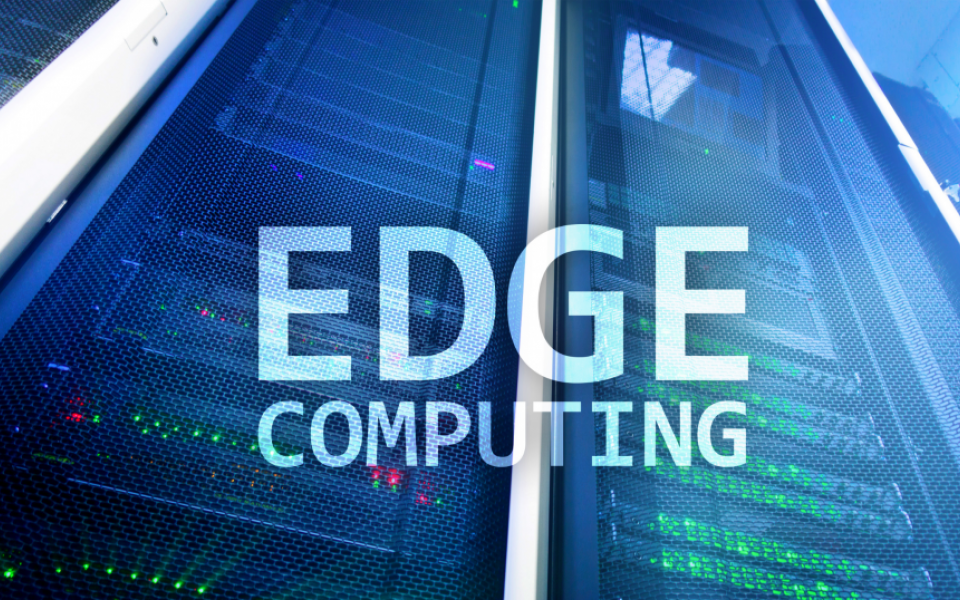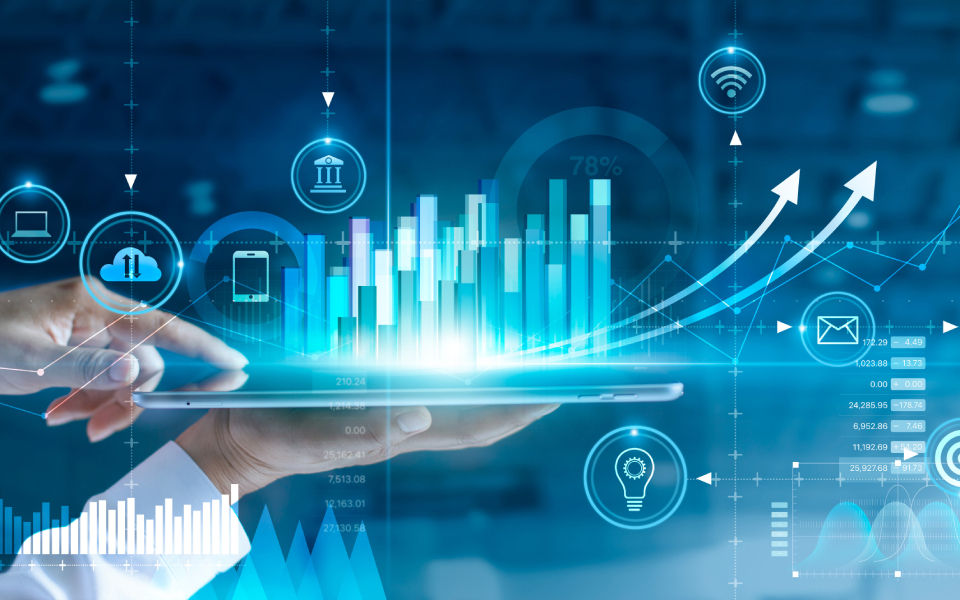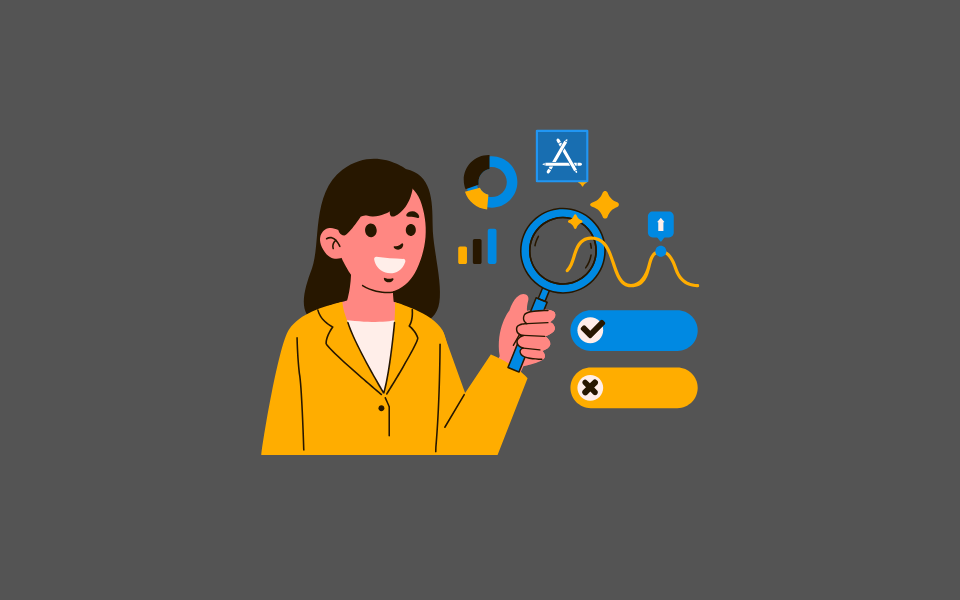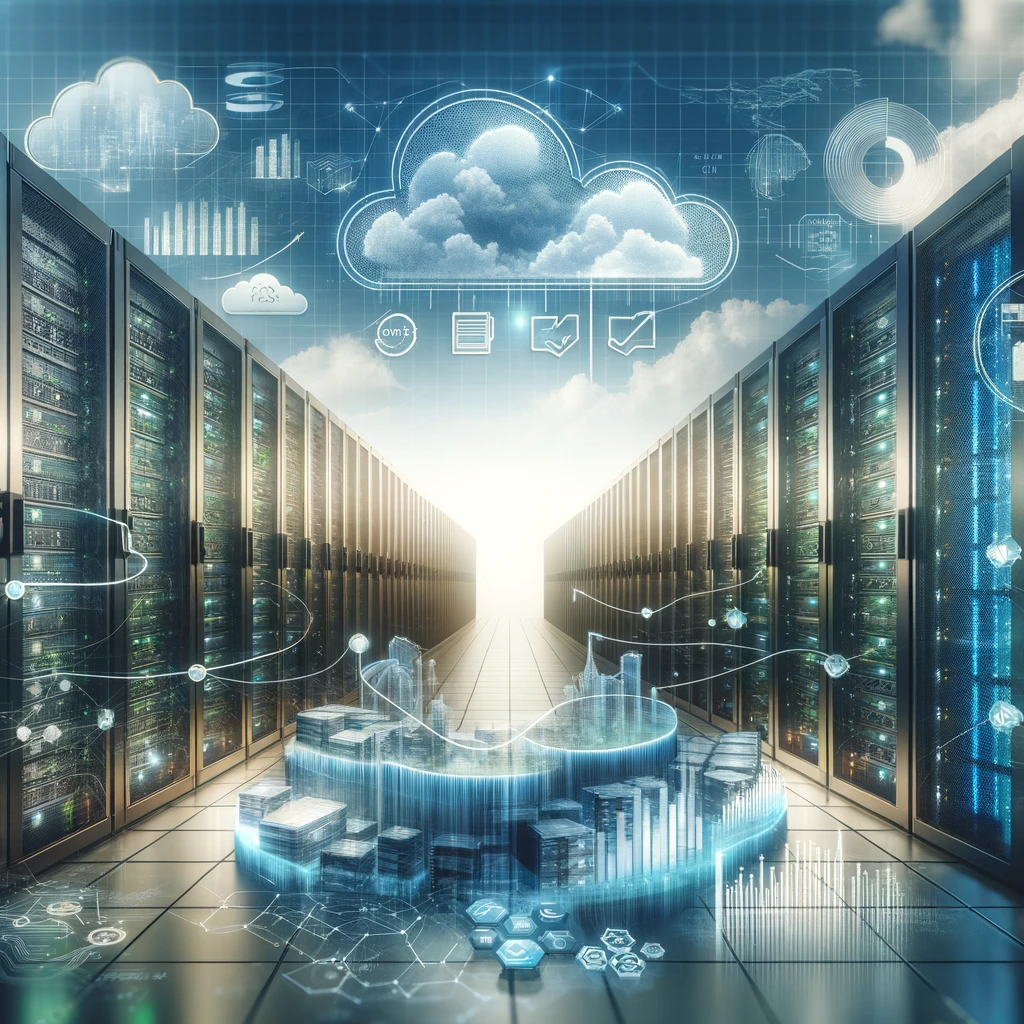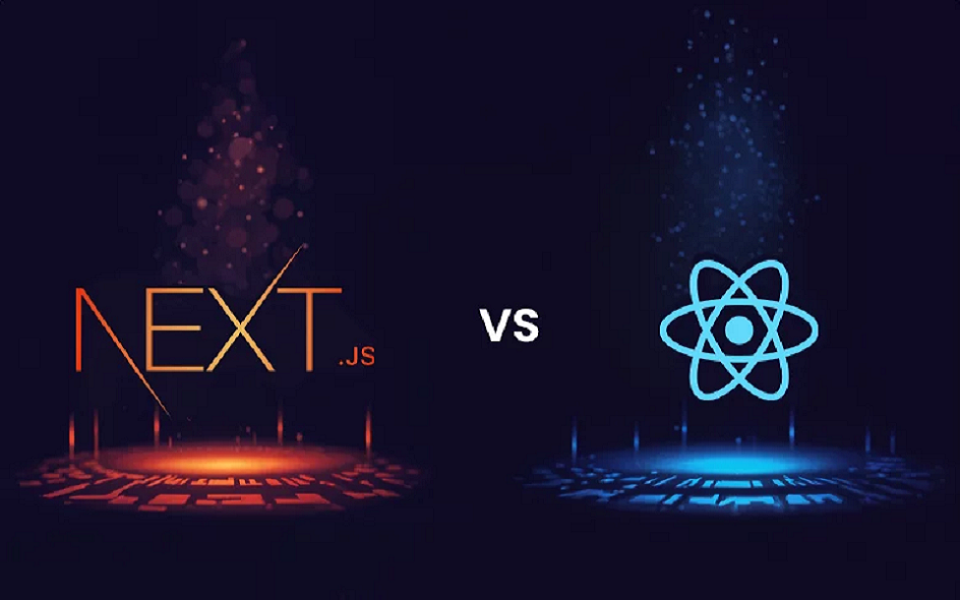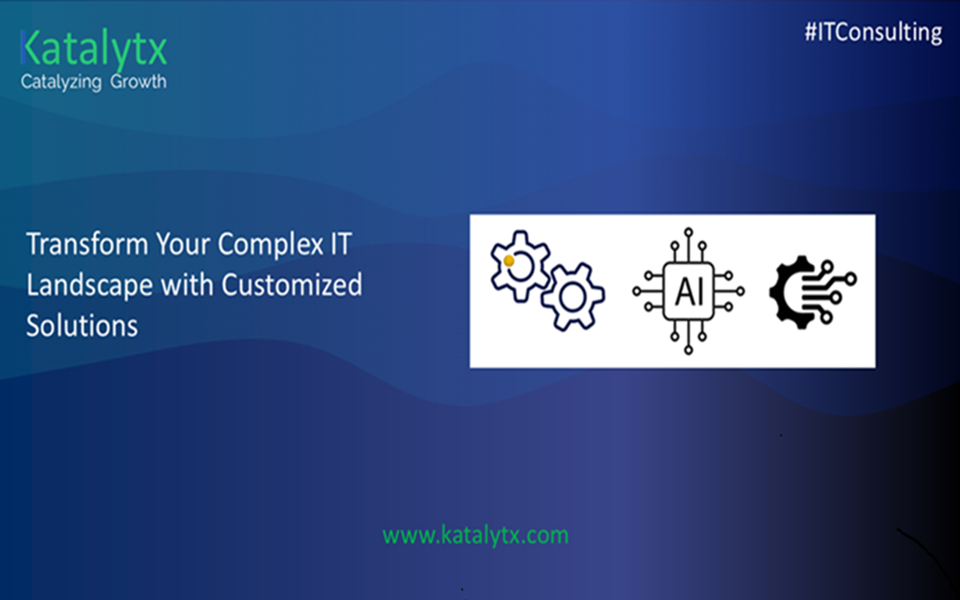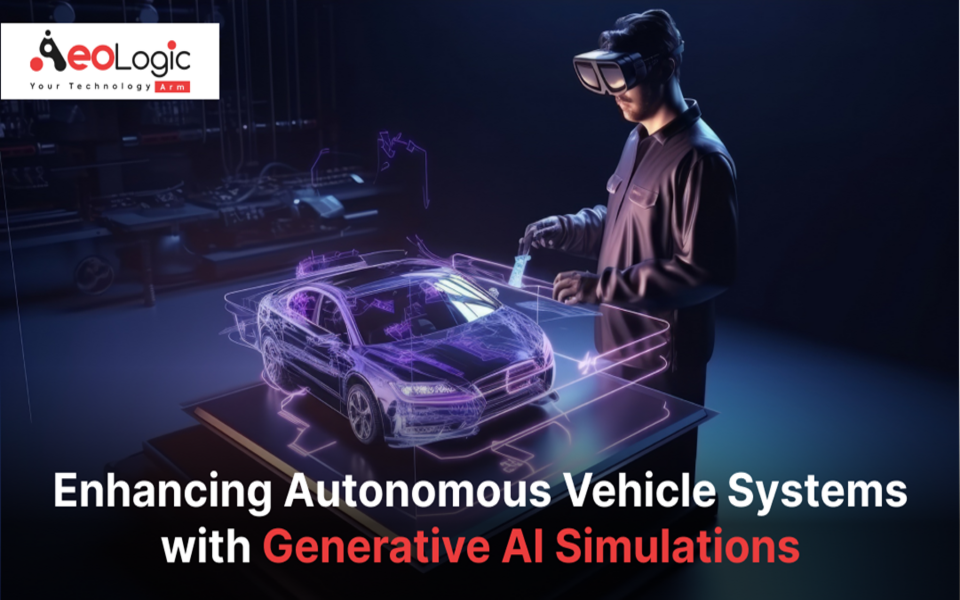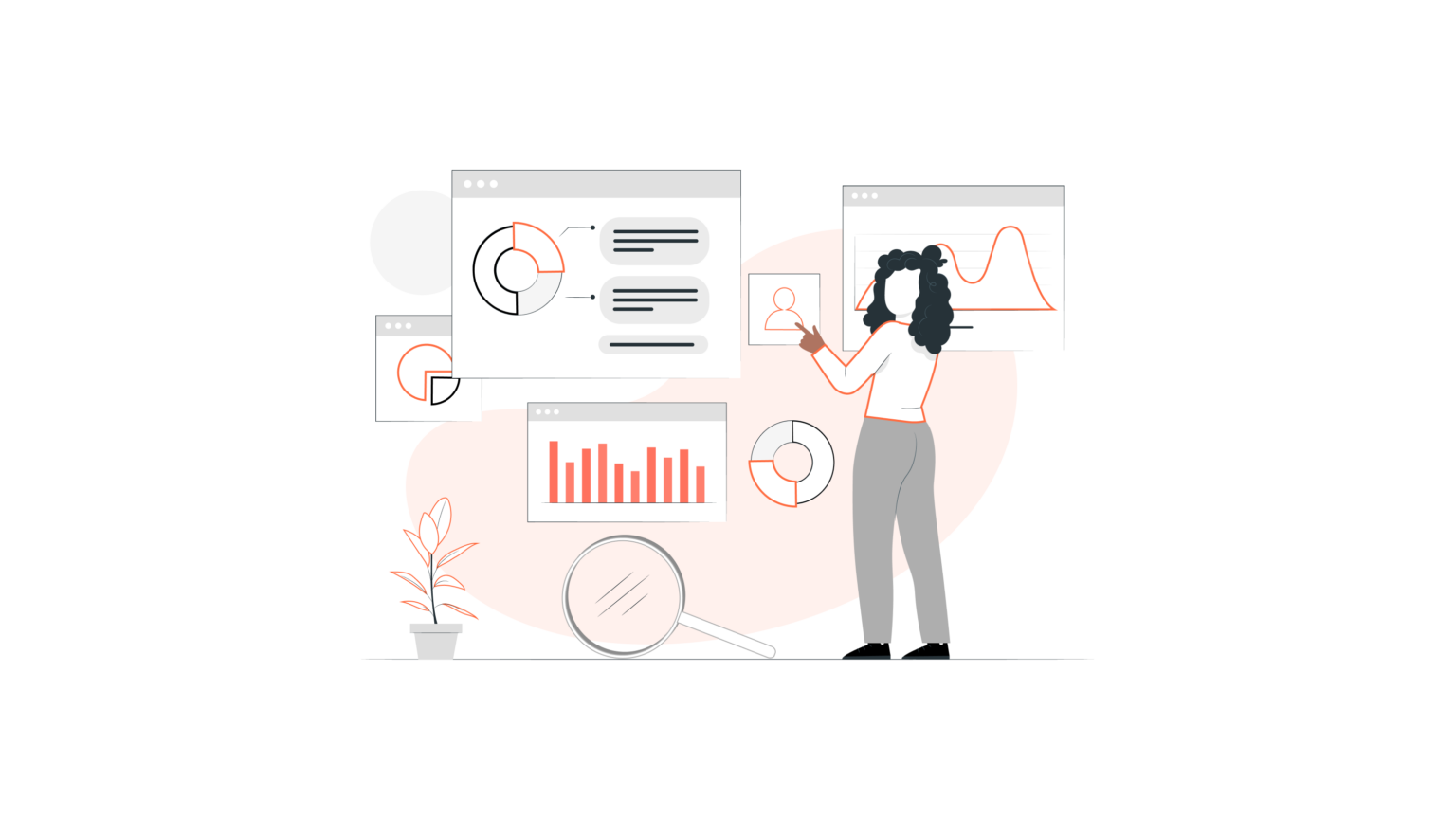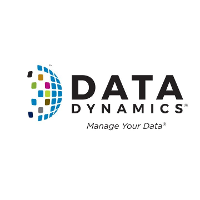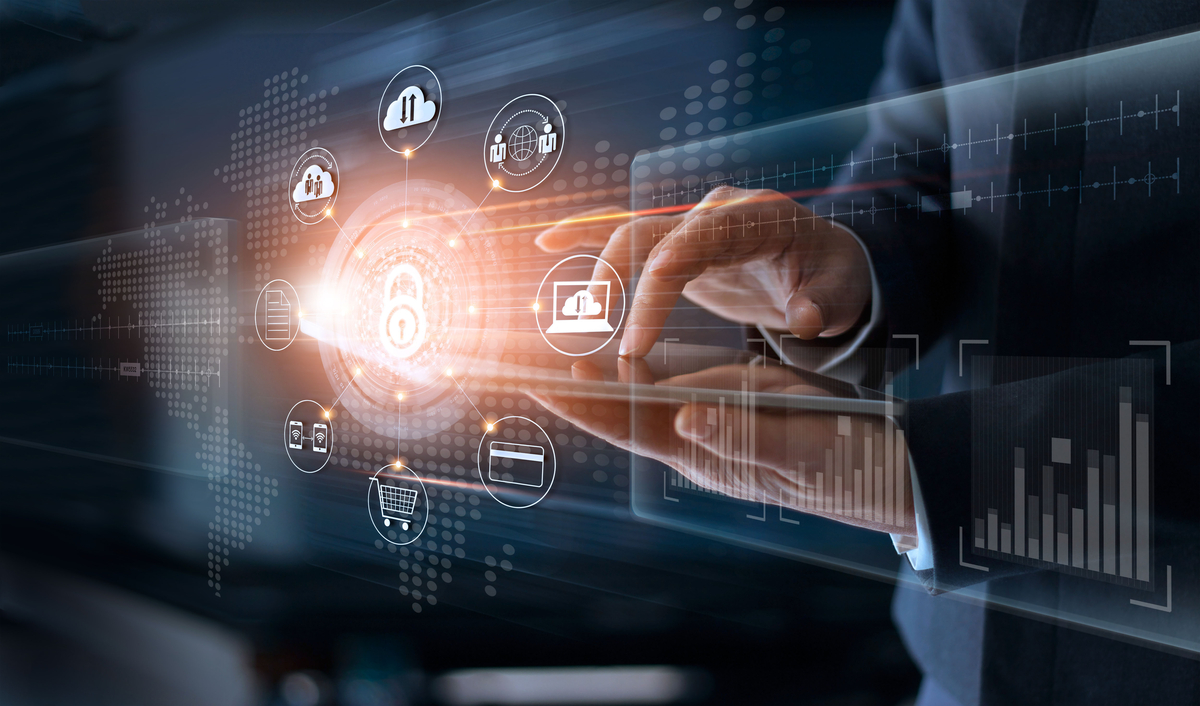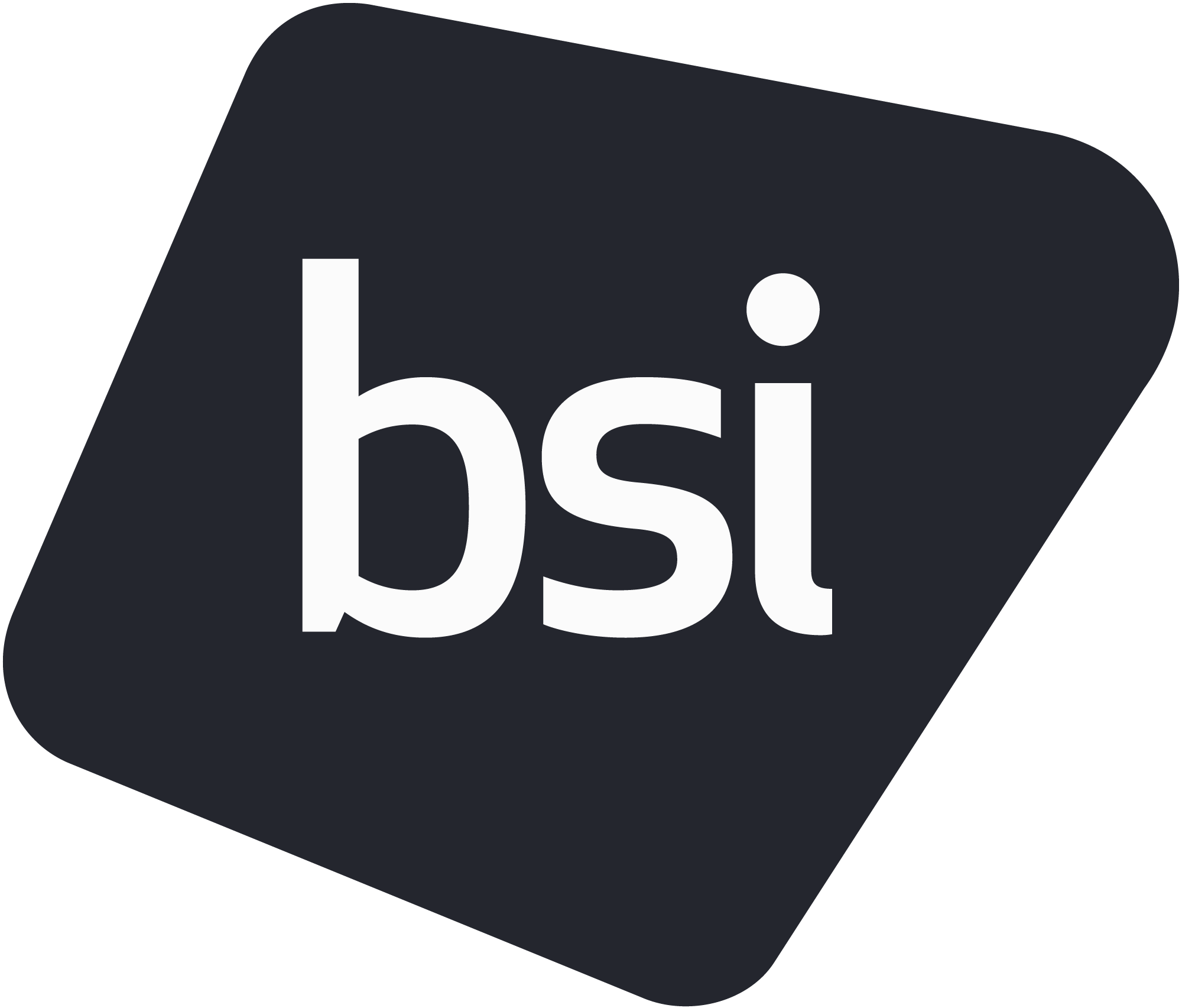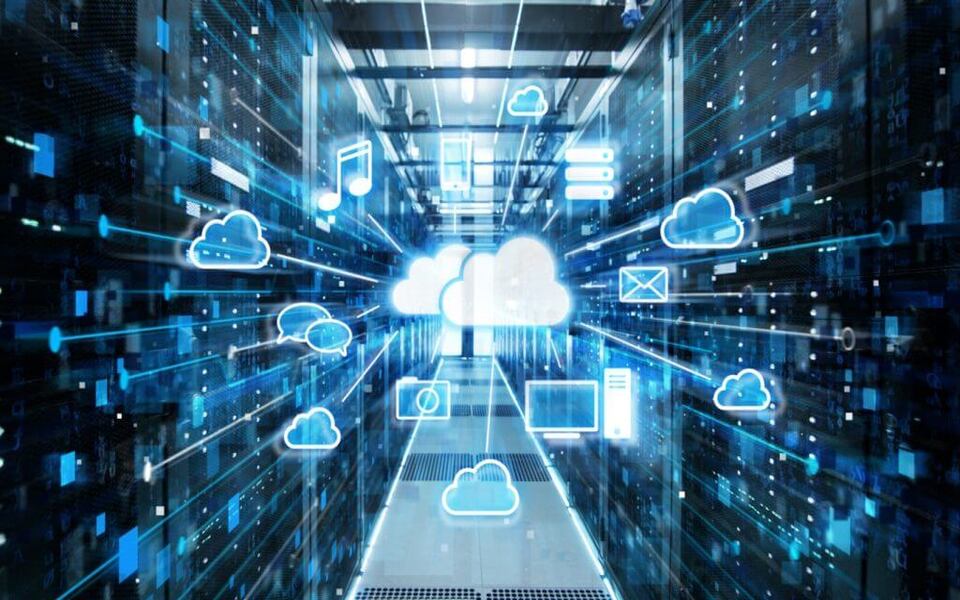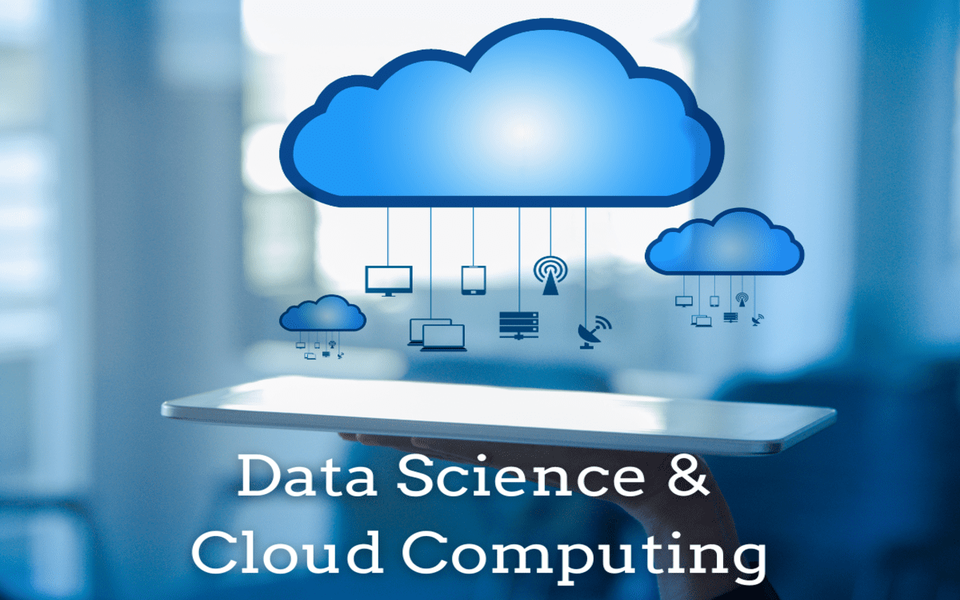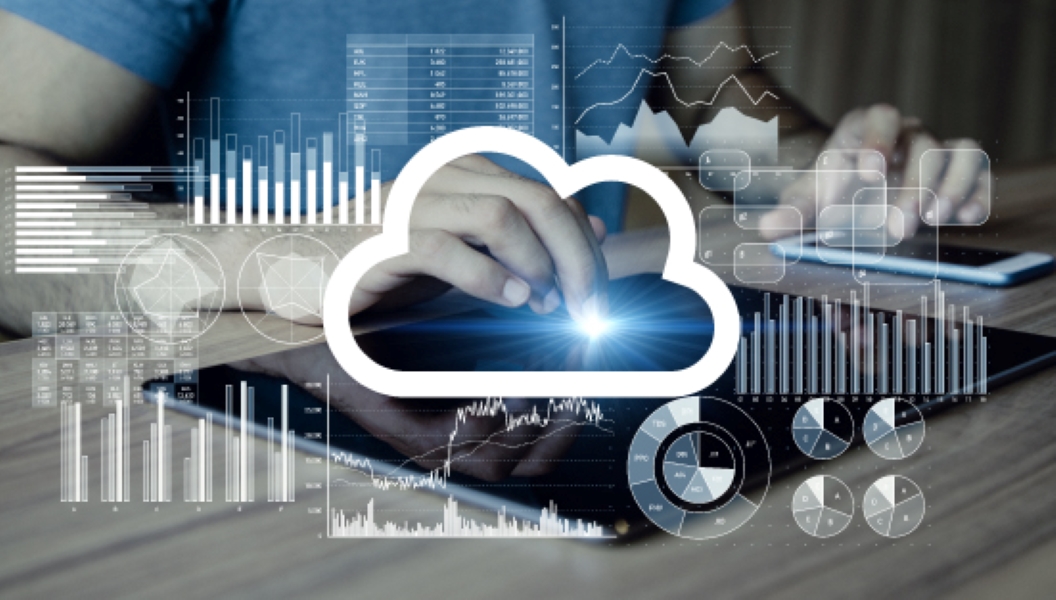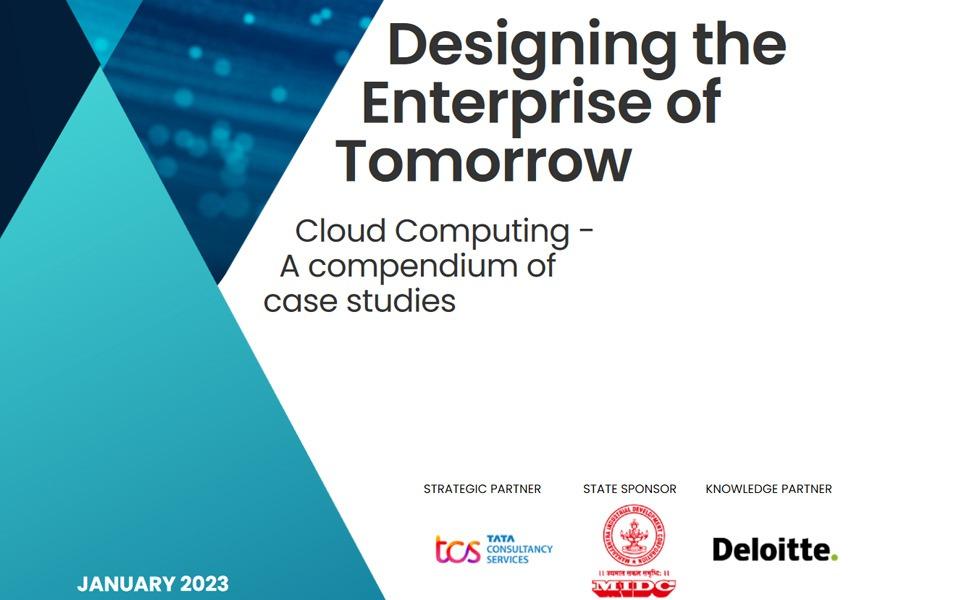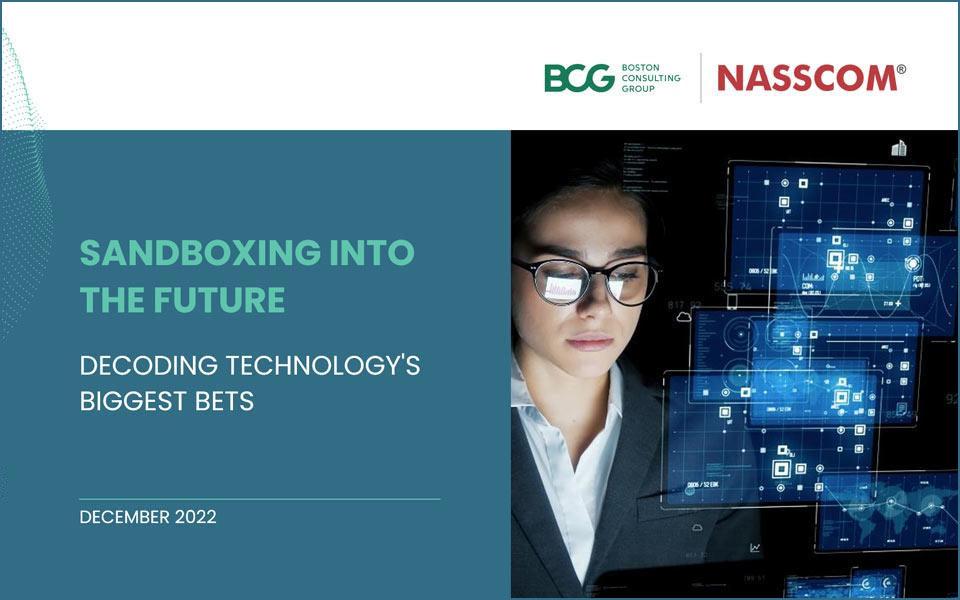Edge, coupled with higher 5G bandwidth and low-latency computing in the distributed cloud, is the future we envisioned years ago - within our reach.
As per a well-known review, the worldwide edge computing sector will reach $250 billion by 2024, with a build yearly development pace of 12.5%. Obviously, the industry is discussing edge computing.
Edge computing is one of the “groundbreaking new technologies” that can transform organizations looking to break free from the old constraints of traditional cloud networks. The next 12-18 months will be a natural inflection point for edge computing. Finally, there are practical applications in which this architecture can bring real benefits.
Almost 90% of our data today is generated and processed in centralized data centers. Cloud computing will keep on adding to organizations in the space of cost advancement, dexterity, flexibility and an impetus for development. But in the future, the Internet of Behaviour (IoB) will provide a new level of growth with endless new opportunities for rethinking products and services, user experience and excellence in work. IoB is one of the most requested and talked about strategic technology trends of 2021.
As per Gartner, IoB has moral and social ramifications relying upon the reason and result of a singular's utilization. It likewise manages to utilize information to change conduct. For instance, with trendsetting innovations that gather dust rapidly, data can impact conduct from input circles during periods like pandemic observing.
The Internet of Things, Artificial Intelligence, Machine Learning, Digital Twins, and Edge Computing are at the heart of the Internet of Behaviours. According to a popular study, about 75% of all data will require analysis and action at the edge by 2022. Organizations are debating what makes edge computing different from other traditional data processing solutions. Also, is it good for their business and how relevant is it.
The fundamental principles of edge computing are relatively easy to understand, but understanding their benefits can be difficult. Edge computing can provide a direct migration path to your chosen business cloud platform and help you achieve the flexibility to create a seamless IT infrastructure.
What is Edge Computing?
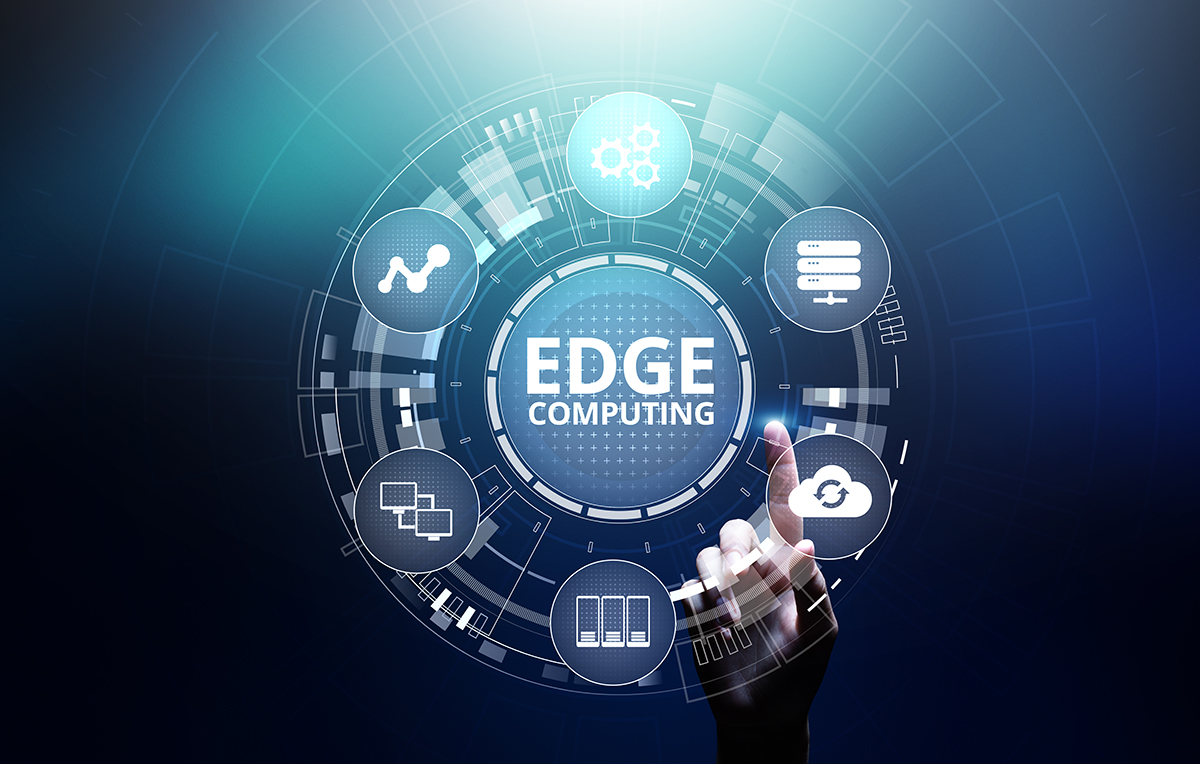
It is a dispersed processing model in which computations are performed near the geographic area of the information assortment and analysis centre, with extreme utilization of a concentrated server or cloud. The high-level foundation utilizes sensors to gather information and the edge servers safely process the information progressively on location.
With the miniaturization of processing and storage technologies, the network architecture landscape has undergone a significant shift in the right direction, where enterprises can be less concerned about data security.
Today's IoT devices can quickly collect, store, and process massive amounts of data than they could before. This gives companies more room to integrate and upgrade their networks to move their processing functions in close proximity to data collected at the edge of the network for real-time evaluation and application closer to intended users.
Since information doesn't need to be circled back to a focal server for the IoT gadget to sort out which capacity should be performed, edge registering networks play a fundamental viewpoint to diminish inactivity and further develop execution. The speed and flexibility that can be observed with this method of data management show us that organizations are on the cusp of analysing and storing data with incredible convenience.
Edge Computing: Why Is It Important Now?
Edge Computing is needed now because it is an update for global companies to improve their operational efficiency, improve performance, and keep data safe. It will also make it easier to automate all major business processes and keep you up and running. Edge computing is the key to achieving a complete digital transformation to run your business more efficiently.
Edge Tech is important today as it is supplemented by new advances like 5G, Digital Twin, and cloud-based applications, data sets, and mix stages.
Key Factors Affecting the Edge
- 5G - speed and low latency
By 2025, we will witness 1.2 billion 5G connections, covering 34% of the world's population. High reliability and low latency are the new currency of the networked universe, underpinning new opportunities in many previously impossible industries. With 5G, we will see a whole host of new applications enabling 5G's low latency and the proliferation of edge computing that will transform the art of the possible.
Furthermore, the private 5G organization will fuel edge registering and push organizations towards edge figuring. Forrester sees prompt advantage in private 5G, an organization committed to a particular business or area, like a stockroom, shipyard, or office.
- Need for near real-time response
Response time or speed is an absolute must for an AI / ML solution, especially if deployed in a remote location or the user is on the move. If there is even a millisecond of latency in the algorithms of a remote patient monitoring system in hospitals, it could cost someone their life. Data-driven companies cannot afford to lag behind in speed as this can have serious implications for brand reputation and customer service. As more and more data is transmitted and generated, the data jams are not that far away. Edge computing offers the opportunity to improve network performance by reducing latency. Since IoT edge computing devices are located locally with edge data centres to process information, information should not move to cloud computing.
Container technologies enable companies to run off-the-shelf software containers faster, more reliably, and more efficiently. Armed with these technologies, companies can build and scale micro clouds wherever and however they want.
The service and data grid facilitates the channel for releasing and querying data or services distributed across data warehouses and containers around the perimeter, making it a critical factor. It also lets you do bulk queries for the entire population in Edge on a per-device basis, making things easier.
- Software-Defined Networking (SDN)
SDN allows users to configure overlay networks, making it easy to configure routing and bandwidth to determine how edge devices and the cloud are connected.
A digital twin is a critical tool for driving the physical-to-digital and cloud-to-edge transition, allowing domain experts (not just software developers) to customize their applications to observe, think, and act according to the edge.
- Maturity and implementation of IoT for convergence of OT and IT
The maturity of IoT and Edge AI platforms paves the way for IT-OT convergence, thereby offering businesses an innovative edge.
- Industrialization of IoT sensors
Industrial IoT or IoT sensors provide greater business benefits such as increased productivity and efficiency and lower costs of collecting, analyzing, and sharing data.
- Multiple Access Edge Computing (MEC)
MES transforms the topology and architecture of mobile networks from a pure communications network for voice and data to an application platform for services. MEC complements and provides the service environment that characterizes 5G. Example: connected cars, Industry 4.0, remote patient monitoring, e-health.
XR is an immersive collaboration interface for virtualized environments. Edge computing makes these capabilities even more detailed and interactive.
- Heterogeneous hardware and neuromorphic processors
Innovations for heterogeneous hardware and secure HCI / Edge devices are making edge computing more prevalent as it processes large amounts of data quickly with less power. The integration of this specialized hardware into Edge enables efficient computing in physical environments while increasing responsiveness.
Hyperscale devices, along with 5G and chip OEMs, are rapidly innovating to conquer the market.
Neuromorphic processors and sensors will fill a significant strategy gap by delivering real-time intelligence and continuous on-board learning - with limited energy budgets - at the edge of the network. Brain-inspired neuromorphic computing architectures can bring ever more sophisticated AI to the periphery.
The architecture of neuromorphic systems:
- Allow devices to adapt to context changes.
- Several orders of magnitude more energy-efficient than previous general-purpose computing architectures
- Excel reduces the latency before analysis when processing continuous data streams and deploying neuromorphic processors to Edge.
- Allow you to quickly learn from small data processing capabilities compared to most conventional artificial intelligence systems.
- Privacy-focused technologies
New privacy-focused technologies include techniques and equipment that allow data to be processed without revealing all of the problematic aspects. Data is encrypted during storage and transmission. However, privacy technology has a responsibility to protect data even during the compute phase, making it more reliable for other parts of the organization and its partners, especially when processing on the Edge is required.
Robotics can be customized to act on alerts and Edge updates. It has been seen in vital surgical procedures where flexibility and precision are paramount. Both Edge and Cloud are of paramount importance to control the movements and executions of the robot using stored data while ensuring that there are no delays between movements.
How Edge Computing Will Affect Cloud Computing
From what we've seen up until this point, Edge Computing addresses the fate of cloud extension, making it impenetrable. Multiple ways of seeing the appearance of this continuum are examined underneath:
Expansion of AI and IoT
A significant amount of computing is already being done on Edge in manufacturing, hospitals, and retail sectors where most of the data is sensitive. It also provides power to the most critical systems that are required for safe and reliable operation. Edge can facilitate decision-making on these core functional systems. When there is an opportunity for AI and the IoT to connect to these systems, there is a niche for Edge as well.
Create value with multi-partner / multi-company solutions
Understanding and taking control of Edge also gives you control over the closest point of action with data. Harnessing this unique opportunity to relay differentiated services can help businesses in large enterprises with valuable partnerships that branch out.
For example, edge computing benefits car manufacturers and insurers, power, and utility companies, and city planners. Edge computing can offer your business new data, and you can offer better value to your partners, which is a win-win scenario. New edge-friendly data and services are processed in the cloud, integrating with other applications and data in the organization.
Revolutionizes new technologies such as 5G, robotics, XR, and other connected devices
Edge computing takes an hour to maximize the value of next-generation technologies, as current capabilities need to be expanded anyway. Over time, there is a growing need for improved data processing technology support that is faster, smarter, and more efficient. Their collective effect can be brought about by new functions, such as voice input to your car or remorseless operations using a remote control. Edge simplifies the control and programmability required to integrate these capabilities into an organization.
Is Edge Computing Replacing Cloud Computing?
Today's cloud world is characterized by limited mega data centers in remote locations. Data is transferred from one device to the cloud and vice versa to perform calculations or data analysis. Data typically complete this round trip in 50-100 milliseconds over modern 4G networks.
Transferring data over 5G in less than five milliseconds simplifies the edge cloud and enables you to create the new services it provides.
Decentralization of traditional IT infrastructure underpins edge computing and complements centralized cloud computing.
Edge computing is an ally of the cloud that can work together to provide flexible solutions based on the data collection and analysis requirements of each business. They both have their own apps. For example, Edge can be better used for real-time collection and analysis and for a specific workload. At the same time, the cloud can help create a centralized access point for large-scale analytic operations. When used in an alliance, both can bring real-time and future-ready insights to businesses such as asset performance management and machine learning.
As edge computing becomes the 'cool' new platform for business computing, it siphons off some of the growth (and hence money) that would otherwise have gone into cloud expansion (but for key hyperscale companies like Microsoft, AWS, Google, that could mean more stickiness and more AI and data).
In short, cloud and edge infrastructures, as well as connected network services, are critical to today's organizations.
Distributed cloud
One of the three sources of distributed cloud is edge computing, which makes it highly relevant to potential customers. CIOs can leverage distributed cloud models to target the location-specific cloud use cases that will be required in the future. According to Gartner, by 2024, most cloud service platforms will support at least a handful of distributed cloud services that will run when needed. Distributed cloud preserves the benefits of cloud computing. However, it expands the range and uses cloud cases, making it a better version.
Cloud services are “distributed” from public cloud providers to specific and different geographic locations. Operations that are physically closer to those requiring such capabilities facilitate low-latency computations. It also provides a consistent control plane for monitoring cloud infrastructure from public to private cloud, spanning the two environments. Together, they can provide significant performance gains by eliminating latency issues while reducing the likelihood of global network outages or inefficient control planes.
Conclusion
Today, everything is getting smart/smart thanks to technology. From home appliances and automobiles to industrial equipment, essential products and services use AI to interpret commands, analyze data, recognize patterns, and make decisions for us. Much of the processing that is used in today's smart products is done remotely (in the cloud or in the data center), where the processing power is sufficient to execute the required algorithms.
As edge computing continues to expand, it will continue to pave the way for a variety of new and valuable services, applications, and use cases.
Now, edge AI can further streamline these examples, helping companies rethink past business processes and create powerful innovations to transform their businesses. Thus, advanced AI can help companies gain a new and sustainable competitive advantage; let's call it a competitive advantage.
Edge, coupled with higher 5G bandwidth and low latency computing in the distributed cloud, is a future that could have been imagined less than a decade ago and is now more accessible to us than ever. What's impressive about this technology is that several technological leaps are more significant than we might have imagined. When you think about it, edge computing is like the materialization of science fiction, only the experience is full of great possibilities and extensions. Not only will your business face a new generation of success, but using Edge will help you run your organization more efficiently, create incredible new innovations faster, and get more value from partnerships.




